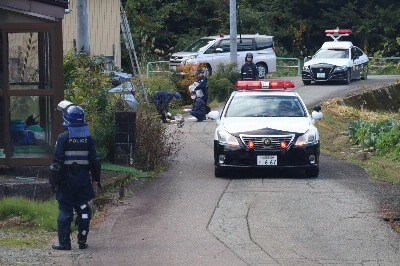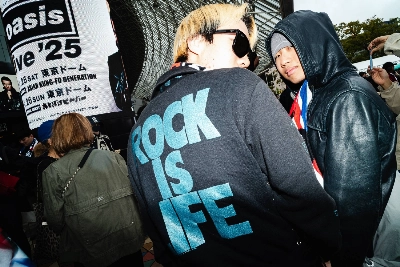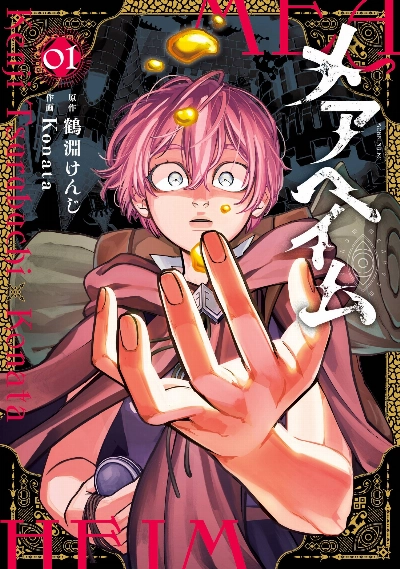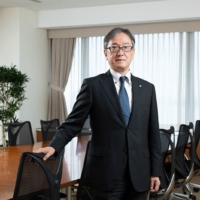Meta
Matthew Larking
Jul 10, 2009
Jun 5, 2009
May 15, 2009
Mar 20, 2009
Mar 20, 2009
Feb 27, 2009
Feb 13, 2009
Feb 6, 2009
Jan 16, 2009
Jan 1, 2009
Nov 27, 2008
Nov 6, 2008
Oct 23, 2008
Oct 16, 2008
May 22, 2008































